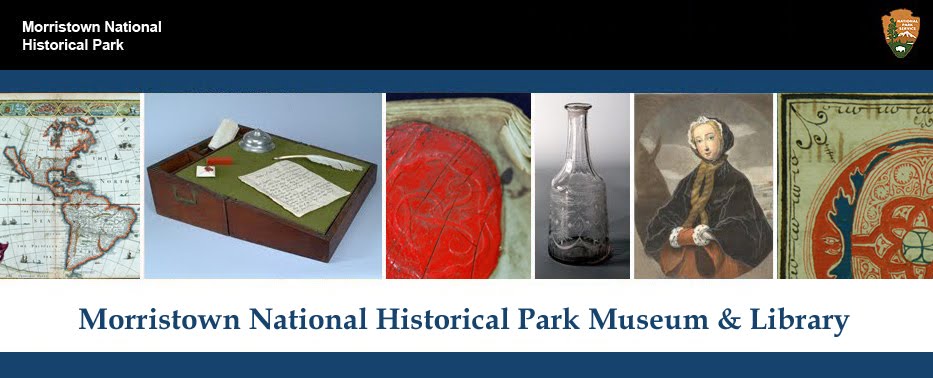 |
| MORR 9466 |
Today we share with you one of the oldest printed works in our collection, a 1477 bound volume identified as "Biblia Pauberum." This text qualifies as an incunabula, as it was printed (not hand-written) in Europe, before 1501. Although identified as a pauper's bible (Biblia Pauperum), it lacks qualities associated with that particular type of incunabula. Traditionally, a pauper's bible was an illustrated text, used for teaching illiterate parishioners. Much like the stained-glass windows, these texts offered ways for clergy to convey scripture to the masses.
This work, however, is more likely a work of religious commentary called The Breviloquium, written in 1257 by St. Bonaventue, a Franciscan monk and priest who sought to produce an instructional commentary on the Christian religion. This particular copy was printed in 1477.
Though The Breviloquium has a fascinating history of its own, we want to take a closer look at how fifteenth-century books were structured and assembled.
 |
| MORR 9466, wooden boards |
Consistent with fifteenth-century European book binding practices, this 1477 volume is comprised of wooden boards, covered in leather. The leather used for this binding is likely tanned calfskin.
The cover of this book has been decorated via a tooling process called blind impression. A blind impression leaves a permanent indention in the leather. This design may be left uncolored or further decorated with ink or gilding.
 |
| MORR 9466, catch remnants (upper cover) |
 |
| MORR 9466, hasp remnants (lower cover) |
Most books bound before 1800 were hand-sewn. This 1477 text has the basic structural features of a pre-mechanized binding, a mark of the hand press period. The leaves are folded into gatherings and then sewn through the central folds, into horizontal support bands.
 |
| Example pre-mechanization binding, from Oxford Companion to the Book, 148 |
 |
| MORR 9466, back lit sheet |
Paper can be made from various raw vegetable fibers, but the pages of this volume appear to be comprised of linen pulp. Until the advent of machine-made paper, paper was laid by hand. Upon closer examination, undispersed fibers and impurities are visible to the eye. So too are the faint lines (chain lines) left behind from the wire mesh paper mold. Note these markings and particles in the above images.
While this text does not include any illustrations, it features stunning illuminations (or hand-colored decorations), as was commonly seen in important theological works from this period.
| MORR 9466, illuminated text |
References
Suarez, Michael F. and H.R. Woudhuysen. The Oxford Companion to the Book. Oxford: Oxford University Press. 2010.
Werner, Sarah. "Book Claps". The Collation, Folger Shakespeare Library Blog. June 11, 2012. Available at:
This blog entry by Sarah Minegar, Archivist, with help from Jude Pfister, Curator.







No comments:
Post a Comment